It’s time for some Champagne facts because if you’re like me, you just can’t learn enough about it. While you might drink it often, do you know where Champagne is made and how it’s produced? I sure didn’t. Truth be told, I’ve become a huge fan of sparkling wine, but before moving to France, I knew very little about it.
Let’s jump into some Champagne facts and everything you need to know about the world’s most prestigious bubbly!
Facts about Champagne
If you don’t know a thing about Champagne and couldn’t tell a crémant from a cava, this guide will teach you everything you need to know about this popular luxury beverage.
First, let’s get into some facts about Champagne.
Champagne is not a new drink. The history of Champagne goes back centuries — way before we all started drinking it at weddings! In fact, there were two different types: white and red. Red was first produced in 1676 and became popular among royalty who considered red wine healthier than white wine. Nowadays, the two main Champagne types are white and rosé.
Where is Champagne made?
Champagne is made in the Champagne area of France which is located in northeastern France on the border between France and Belgium (about an hour from Paris). The region has both an oceanic and continental climate with a steep landscape that allows the vines to bask in the sun all day.
Four primary growing areas make up the Champagne AOC. These growing areas span over 34,000 hectares (84,000 acres) and are called the Montagne de Reims, the Côte des Blancs et the Côte de Sézanne, the Vallée de la Marne, and the Côte des Bar. Champagne represents 2% of the total surface of vineyards nationwide.
Two of the most well known places in the region are the towns of Reims and Épernay.
If your sparkling wine isn’t from this region of France, it legally cannot be called Champagne.
What grapes are used for Champagne
In order to make Champagne, you need the right grapes. The three primary grapes used in the production of Champagne are Chardonnay, Pinot Noir and Pinot Meunier.
Pinot noir accounts for 38% of all Champagne. Chardonnay and Pinot Meunier each take 31% of the production.
Four other types of grapes are also used to produce Champagne, but the three varieties mentioned above make up about 98% of all bubbly wine produced worldwide. They offer a good mix of sugar and acidity.
What’s the difference between these grapes? They all have different sugar contents and flavor profiles. Chardonnay grape are white, while the other two are red.
How is Champagne made
Like other sparkling wines like crémant, Champagne is made from la méthode traditionnelle (Traditonal Method), also called la méthode champenoise. This labor-intensive vinification process of turning grape juice into wine requires two fermentations. The first makes the wine, and the second is where it gets its bubbles.
First, the grapes are harvested in September and October. They are then pressed and the juice undergoes fermentation.
The second second step is where it gets interesting because this is where yeast and sugar get introduced and the wine is bottled with a temporary metal crown cap. It’s this second step that creates the bubbles from the carbon dioxide released in the bottle.
During this step, the wine is stored horizontally so the magic can happen. The bottles are turned one-quarter turn each day to unstick and rotate the sediment (lees) that accumulates. This will continue for a minimum of 15 months.
When finished, the bottles are then placed vertically in this final phase called disgorgement to remove the sediment that collected in the neck of the bottle. Some winemakers go on to do one final step called dosage. Depending on what type of Champagne they’re looking to make, a diluted sugar and wine mixture might be added to the wine.
What does Champagne taste like?
Delicious! Champagne can be sweet or dry with a whole host of varied aromas. Some are more fruity and others take on a more floral or even oak aroma. Citrus and apple aromas are quiet common, although the taste really depends on what type of Champagne you’re drinking.
Some say the taste of Champagne is like a flower garden. There’s sometimes a hint of bitterness that rounds out the experience, making you feel like you’re tasting something slightly familiar but still new to your senses.
For the best tasting experience, Champagne is best served chilled and in a flute glass. The glass is tall and narrow, which helps to preserve the bubbles in the Champagne.
Champagne vs. Sparkling wine
Champagne is a type of sparkling wine but not all sparkling wines are Champagne. If it’s not made in the Champagne region of France, it cannot be called Champagne. Other types of popular sparkling wines include crémant, prosecco, and cava.
Different types of Champagne
There are many different types of Champagne that range in sweetness.
Champagne types are classified by the amount of residual sugar, which is the amount of sugar that is unfermented in a finished wine. It is measured by grams of sugar per liter (g/l):
Brut Nature: 0-3 g/l residual sugar (RS)
Extra Brut: 0-6 g/l RS
Brut: 0-12 g/l RS
Extra Dry: 12-17 g/l RS
Dry: 17-32 g/l RS
Demi-Sec: 32-50 g/l RS
Doux: 50+ g/L RS
Brut champagne is the driest and least sweet of all the types. It represents about 60% of all Champagne production worldwide.
Popular Champagne brands
- Moët & Chandon
- Louis Roederer
- Veuve Clicquot
- Henri Laborie
- Piper-Heidsieck (Blanc de Blancs)
- Bollinger
- Charles Heidsieck (Brut)
- Gosset Champagne
Why is Champagne so expensive
The most obvious reason for Champagne’s high price point is its prestige. It is THE celebratory drink and everyone knows that. Champagne’s popularity makes it a highly sought-after status symbol around the world. Many people feel that Champagne is a must have for special occasions like weddings and other special celebrations.
Champagne also has to be imported from France and from a very specific region of France — otherwise it’s not Champagne. The area is known for its prestigious vineyards which produce some of the best grapes in the world. The fermentation process is also a labor-intensive and lengthy one. All of that costs money.
***
I hope you’ve enjoyed this guide to Champagne and that the fun Champagne facts give you a new appreciation for the world’s favorite bubbly.
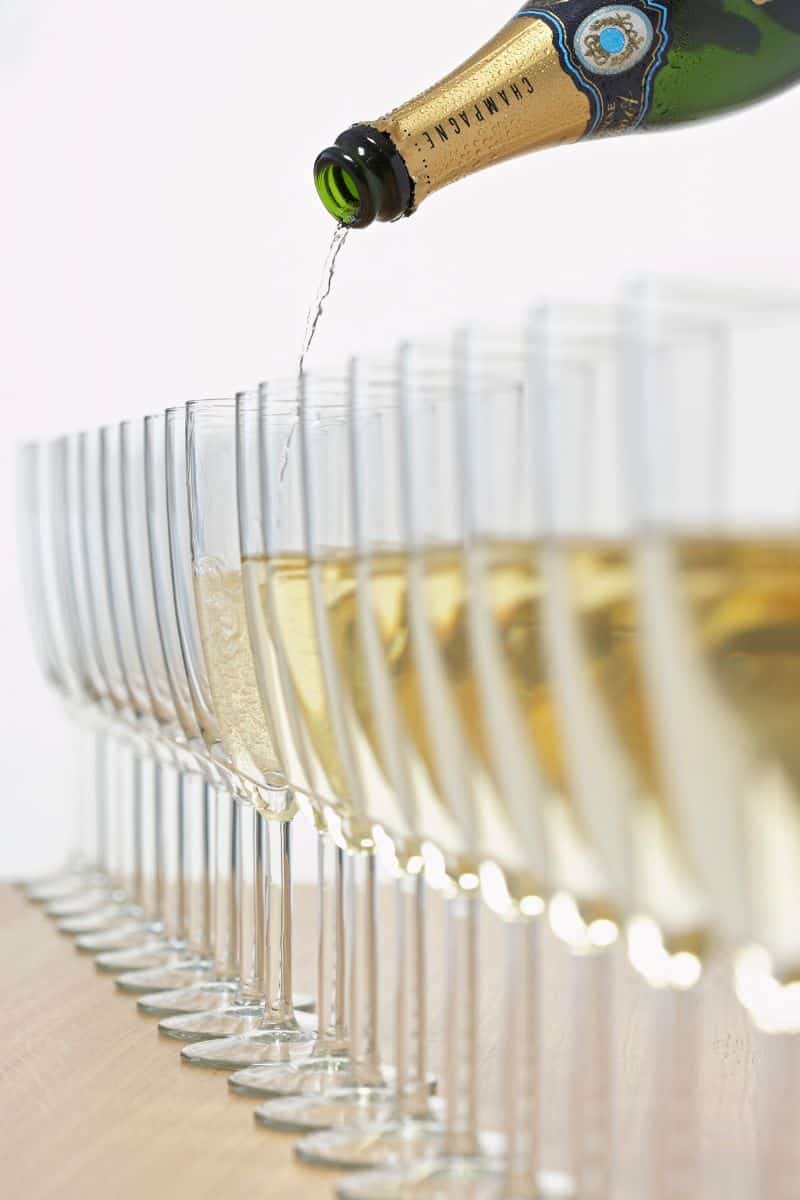

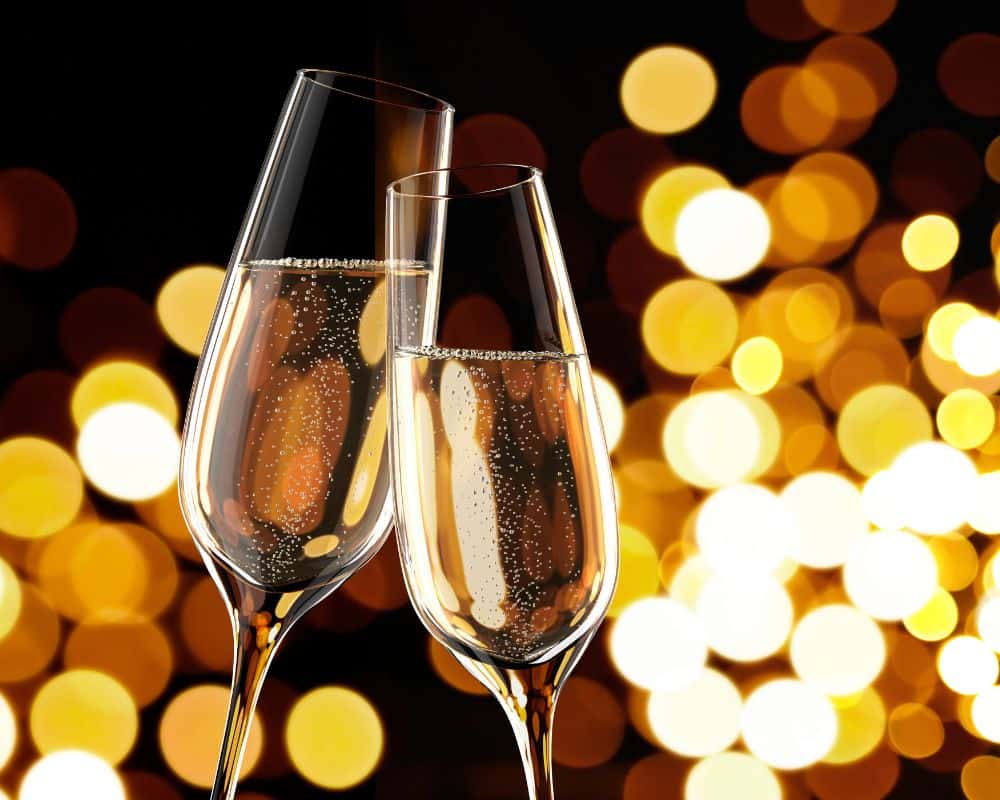
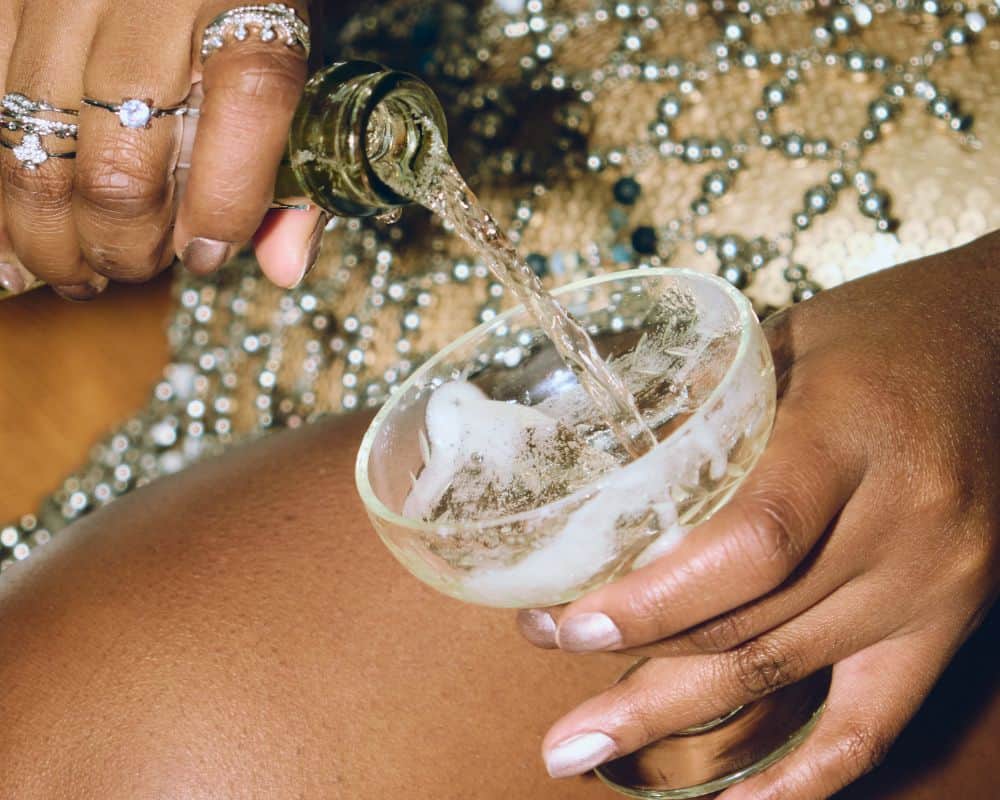
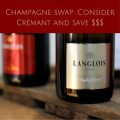
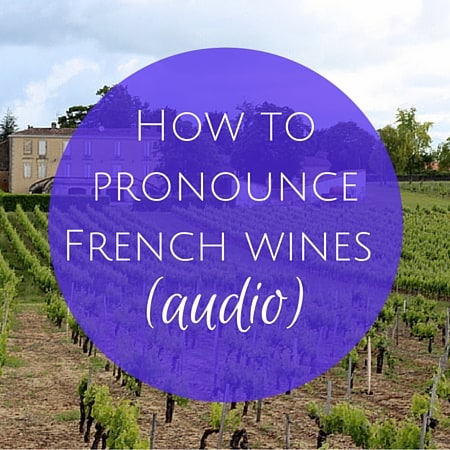
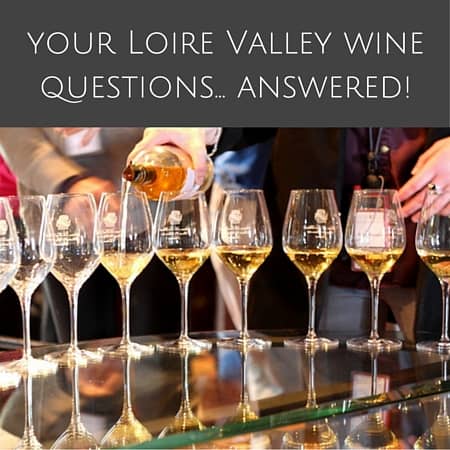


Thank you for this Diane! It’s nice to see the Champagne region highlighted, it sometimes gets passed over for Bourgogne and Bordeaux. I absolutely love the Vallée de la Marne, it’s beautiful and we are house hunting there.
And a shout-out to Vincent Bliard Champagne, they are one of the the only organic vineyards in the region. They are absolutely lovely people, and they have been family-owned for generations and are located in the Hautvillers village.
https://www.champagne-vincentbliard.fr/
We have no connection to them and aren’t sponsored by them! We just really like that they’re local, family-owned, and organic. Great champagne and just a really nice family.
Thank you for the recommendation! I’m going to check them out right now. Something I didn’t mention in this article but that I think would surprise people is that many of the big name wine companies don’t actually grow their own grapes or even make the wine. A lot of wines are white labeled and it is really something special to be able to buy right from a producer who actually grows the grapes and makes the wine themselves.
Right?!? I was also really surprised too when I found that out! I know it makes economic sense, but I confess that I was disappointed when I discovered that. I totally agree with you! It’s super cool to meet the local producers, who have really small distributions but keep it personal.
Fun fact: Bliard keeps the same volunteer harvesters (there’s probably a technical term I don’t know :)) each year, and we stumbled on them one day when they were all having a family-style lunch in the garage, served by the Bliard family to thank the harvesters for all of their hard work. That was neat!
Awww that’s awesome! I’ve emailed them to ask if they ship within France and for their price list. Hope it’s not €100 a bottle!!
That made me laugh! I know what you mean about being surprised by the prices…but the good thing is that they have different price points, based on the grape and the blend…and there’s no distributor markup, which makes it even better. Let me know what you think! 🙂
Will do, hope they ship
As one that has done the tour on both Mercier and Moet ET Chandon in Eparney you must be impressed by the work for to get the produkt done. Just the fact that the labourers that turn the bottles is not able to work more than 4 hours a day. I liked the Mercier more the M&C were more for the american market, a lot of their guides were from the US, as their export is the majority there.
I do though prefer the Italian varietes Prosecco and other